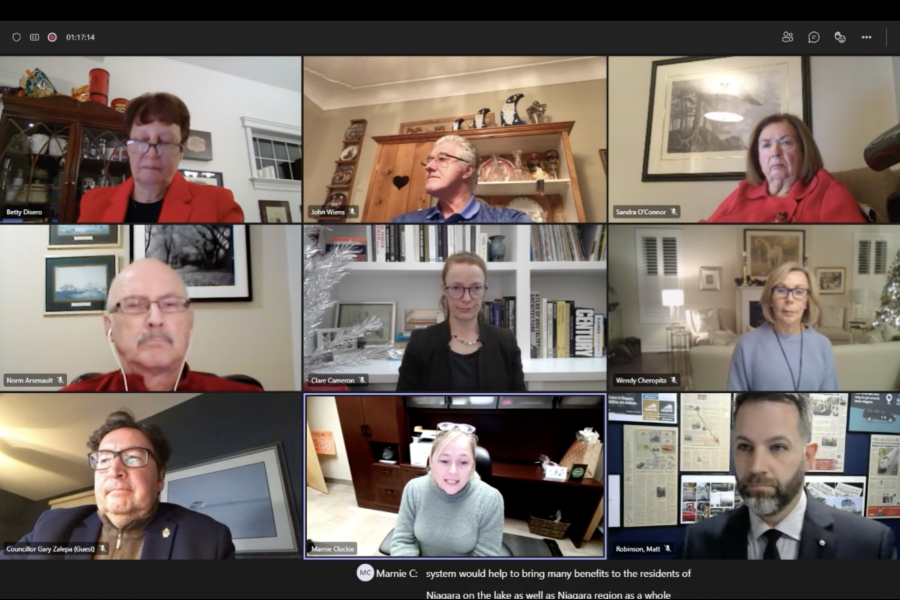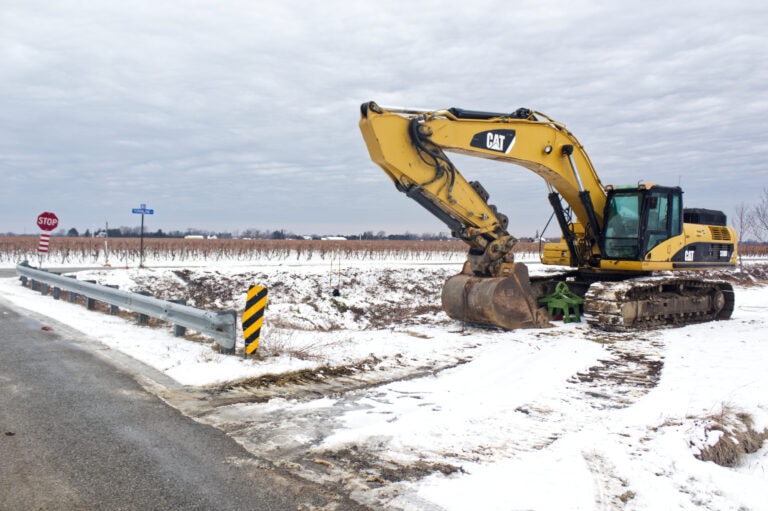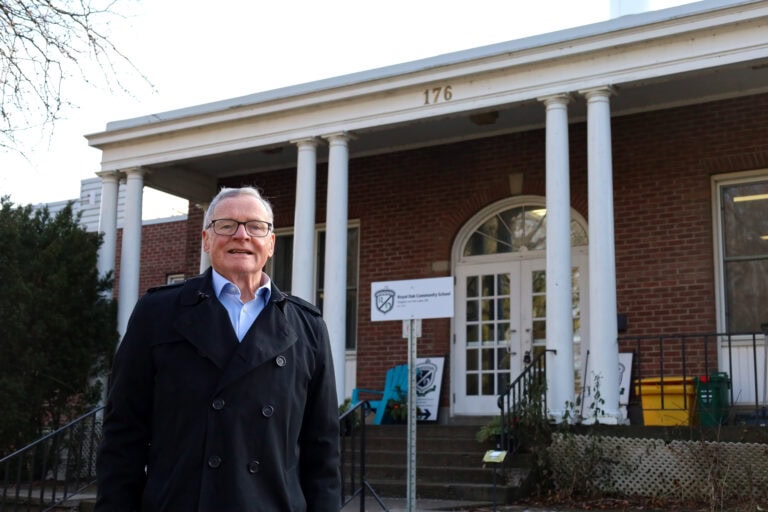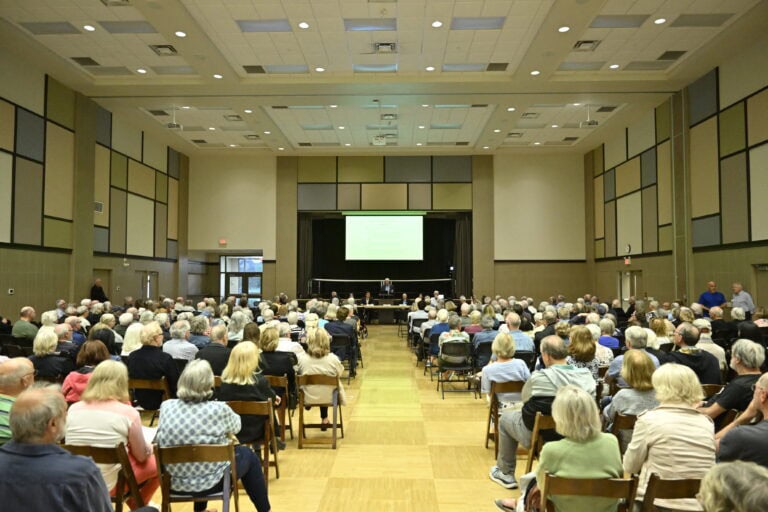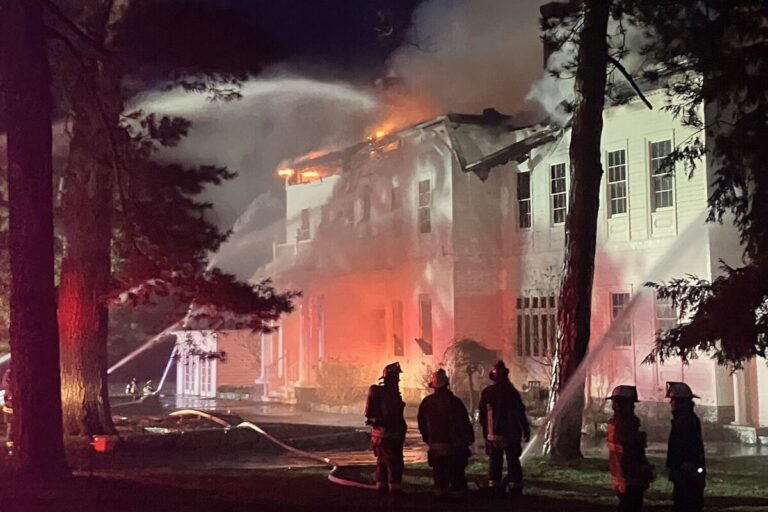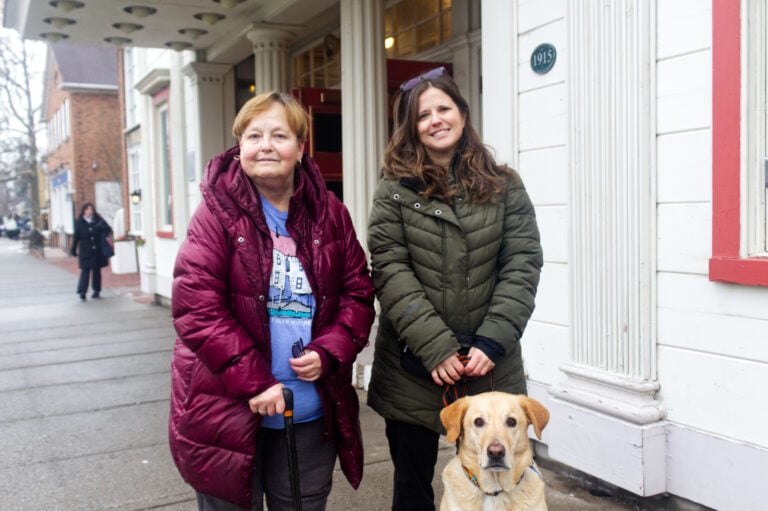Integrated regional transit program slated to hit the road Jan. 1, 2023
Niagara-on-the-Lake has endorsed an ambitious new integrated, region-wide transit system.
On Monday night, during their final council meeting of the year, councillors unanimously voted in favour of the regional transit proposal presented by Matt Robinson of GO Transit.
“The vision for a single, consolidated transit system in the region has been years in the making,” Robinson told councillors.
The proposal, called Moving Transit Forward, requires a majority of Niagara's 12 municipalities to approve it in order for the plan to become a reality.
NOTL was the sixth municipality to give it the green light. On Tuesday night, Thorold city council followed with its approval, meaning the plan is now a go.
The proposal required a majority of Niagara’s municipal councils, representing a majority of Niagara's electors, to vote in favour of the plan for it to become a reality.
The move is being framed as a win for residents who need to travel between municipalities for work and an aid to growing traffic congestion on Niagara Stone Road from out-of-town travellers.
The unanimous vote came after Robinson previously made several presentations to council this year and reworked the proposal to meet the unique needs of NOTL.
Funding model was changed
One of the main road blocks was the proposed assessment-based funding model, which means a municipality would pay for transit according to the price of property value in the city or town.
When NOTL regional Coun. Gary Zalepa and Lord Mayor Betty Disero heard about the regional expansion plan, “We went, ‘yay,’ and then found out about the assessment across the region and went, ‘Oh my God, this has to be fixed,’ ” Disero told Robinson.
Since NOTL has some of the highest property assessments in Niagara Region, NOTL taxpayers would have been paying one of the highest bills for the transit plan.
The assessment-based model was subsequently thrown out and replaced with a service-based, user-pay model, Robinson said.
“The service that is being delivered in Niagara-on-the-Lake is now only being paid for by Niagara-on-the-Lake, and I think that’s a big change,” he said.
As it stands, NOTL currently pays roughly $1.8 million per year for transit. In 2023, that will be increased by an additional $200,000 due mostly to inflationary costs, Niagara Region financial consultant Heather Talbot told council.
By 2025, the town will see an additional 5,500 service hours of transit per year, when buses will operate from 6 a.m. to midnight every day of the week. NOTL taxpayers will be paying about $2.7 million per year for the service, Talbot said.
NOTLers' regional taxes will increase as a result of the expanded hours of service but, “per hour the cost is going down although, overall, it might go up,” Coun. Clare Cameron said.
Coun. Erwin Wiens asked what the town could do down the road if NOTL finds the service is not being used enough in relation to its cost.
Robinson said usage hours will be constantly monitored by the region and if there is a noticeable deficit in usage then service hours can be reduced, which would also decrease the cost to NOTL taxpayers.
Wiens said something that would never sit well with him is the possibility of empty buses driving around NOTL.
But, “looking towards the long-term, globally, meaning that in 10 or 20 years or after I’m gone, this system is in place and by that time being well used. So, thank you and I support it,” Wiens said.
Another boon Robinson touted for the initiative is a $3 fare for people to travel anywhere in the region. The system will use digital payment technology.
Hours of service were also increased in order to accommodate workers who may need to be at work for 7 in the morning or work a late shift, Robinson said.
On-demand service continues
Riders will be able to book a ride by 5:45 a.m. to be picked up for 6 a.m., he said.
NOTL now uses on-demand transit, which will continue under the new system but there is potential for growth and change, said Robinson.
“If specific corridors warrant a higher level of dedicated service, the commission will look to add that type of additional community-specific routes into the service plan as well.”
Another change made by Robinson and his team was to pivot the governance model to be more inclusive of the region's smaller municipalities.
The original governance model did not have enough seats for a member from every municipality to be involved. The new model has 15 seats, three from St. Catharines, two from Niagara Falls and one from every other municipality, he said.
The new service is expected to commence on Jan. 1, 2023, said Robinson.



